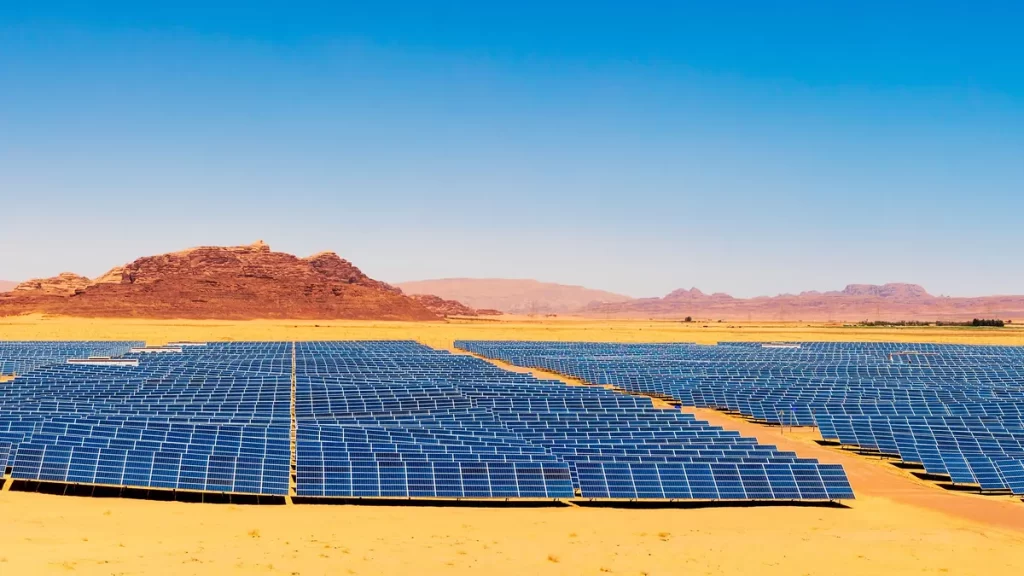
China can now generate roughly half the power generating capacity of the United States thanks to renewable sources in the Gobi and western deserts, The South China Morning Post (SCMP) reports. This power can meet domestic needs using a combination of solar photovoltaics and wind turbines. It could also, in theory, help China get ahead in the artificial intelligence (AI) battle with the United States.
According to the scientists and engineers leading the energy project, the current installed capacity for power generation in northwestern China is almost 500 gigawatts (GW). Combined with the significant Gobi Desert area in nearby Inner Mongolia, the total figure reaches 600 GW.
To put that into perspective, the cumulative capacity of renewable energy in the United States, excluding hydro, will peak at an estimated 305 GW in 2022, with around 1,177 GW of electricity generated for 2021. More than half of the energy facilities in northwestern China are powered by renewable sources such as wind and solar energy.
Despite the unpredictable and intermittent nature of these sources, these green power plants have an average utilization efficiency of over 95 percent.
Almost half that of the US
Northwest China consists of five inland provinces, including Xinjiang. It spans over 1.16 million square miles (3 million square kilometers), making it larger than India. This region has long been considered one of China’s most underdeveloped and impoverished areas due to its distance from the ocean and inhospitable terrain, characterized by harsh deserts such as the Gobi and the Taklimakan.
The region has abundant natural resources, including oil, coal, solar, and wind power. In the 1980s, Qian Xuesen, a renowned rocket scientist who played a vital role in establishing NASA’s Jet Propulsion Laboratory, had a vision of utilizing the enormous wind and solar resources of the Gobi Desert to meet China’s energy demands.
However, it was a far-fetched idea due to technological limitations.
But now, “the northwest power grid has already brought an early stage of this new type of power system to life,” wrote Professor Ma Xiaowei and his team from the Northwest Branch of the State Grid Corporation of China and Xian Jiaotong University in a peer-reviewed paper published last month in the Chinese academic journal Power System and Clean Energy.
The region’s renewable energy has a total installed capacity of 230 GW, with 50 percent of the electricity transmitted through 10 ultra-high-voltage direct current transmission lines to the densely populated eastern coastal provinces.
These power lines cross the width of China, spanning thousands of kilometers, making the northwest power grid the largest and strongest outbound regional power grid worldwide, as Ma and his colleagues mentioned in their paper.
Extra power for AI
This is good news for Chinese citizens and companies, but it could also play a vital role in national security in the coming AI revolution. An entrepreneur from Beijing specializing in AI said that energy supply will play a crucial role in the competition for national strength between China and the US.
However, the Biden administration has banned the sale of advanced AI chips to China to slow down China’s progress in AI. The entrepreneur, who wished to remain anonymous, stated that these chips have a slight power consumption advantage. However, as China’s electricity supply grows, Chinese companies can achieve similar AI training results with less advanced chips.





























